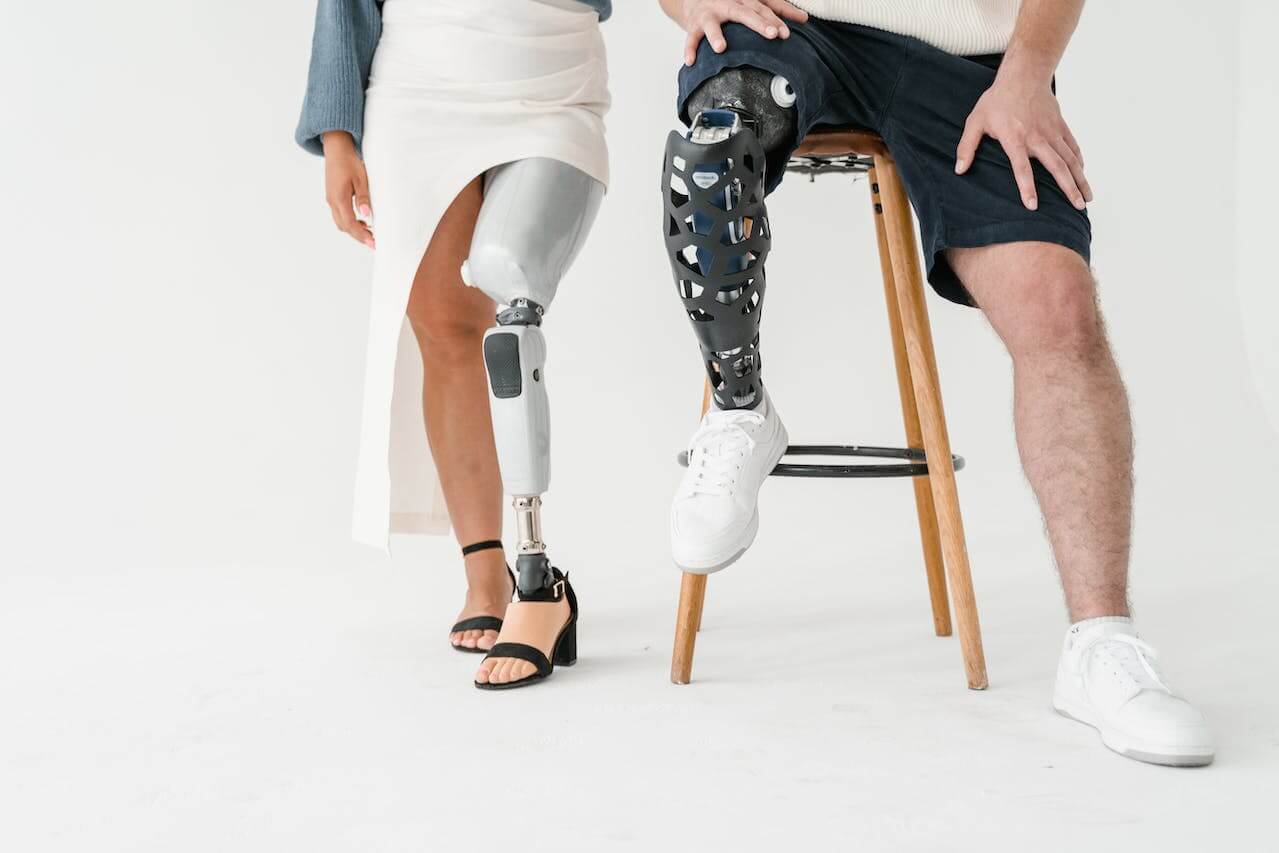In the dynamic world of prosthetics, where technology meets resilience, a silent revolution is taking root—the rise of sustainable prosthetics. Beyond the nuts and bolts, a new focus is emerging—one that considers not only the functionality of these life-enhancing devices but also their environmental impact. Join us on a laid-back exploration into the realm where science meets sustainability, and discover how sustainable prosthetics are not just changing lives but also treading lightly on our planet.
The Traditional Footprint: A Matter of Materials
Historically, prosthetics have been crafted from a range of materials chosen for their durability and functionality. Plastics, metals, and composite materials have been the go-to choices, providing the necessary strength and structure. However, as environmental consciousness grows, so does the realization that these materials come with a hefty ecological price tag.
Greener Pastures: Materials with a Conscience
Enter the era of sustainable prosthetics, where the very materials used are transforming. Bio-based plastics, derived from renewable sources like corn starch or sugarcane, are stepping into the spotlight. These materials not only reduce our reliance on finite resources but also offer a more sustainable alternative to traditional petroleum-based plastics.
Imagine a prosthetic limb crafted from materials that not only serve their functional purpose but also have a lower environmental impact. It’s a subtle shift that speaks volumes, acknowledging the interconnectedness of our choices with the health of our planet.
Closing the Loop: Recycling and Circular Design
Sustainability isn’t just about what goes into making prosthetics; it’s also about what happens when these devices reach the end of their lifecycle. Circular design principles are gaining traction, emphasizing recyclability and the potential for components to be reintegrated into the manufacturing process.
Picture a world where prosthetic components can be easily disassembled and repurposed. It’s about minimizing waste, conserving resources, and taking a step closer to a more sustainable future. This approach is not just a nod to eco-consciousness; it’s a commitment to responsible stewardship of our environment.
The Carbon Tango: Considering the Entire Dance
Beyond materials and recycling, sustainability in prosthetics encompasses the entire dance of production. Manufacturers are increasingly evaluating the carbon footprint of the entire process, considering factors such as energy consumption, transportation, and waste management.
Think about the energy required to bring a prosthetic limb into existence—the raw materials extracted, the manufacturing processes, and the transportation involved. By taking a holistic approach, the prosthetics industry is seeking ways to minimize its overall impact, from the production floor to the user’s doorstep.
The 3D Printing Waltz: A Symphony of Personalization and Sustainability
One of the standout performers in the sustainable prosthetics ensemble is 3D printing. This technology not only allows for unparalleled customization and personalization but also aligns seamlessly with sustainability goals. Unlike traditional manufacturing methods that often result in excess material waste, 3D printing enables precise craftsmanship layer by layer.
Imagine a world where prosthetic components are created with minimal waste, tailored to the unique needs and preferences of each user. It’s not just about sustainability; it’s about celebrating individuality and expression in a way that feels natural and harmonious.
Crafting a Sustainable Symphony: The Future of Prosthetics
As we groove through the beats of sustainability in prosthetics, what does the future hold? Trends indicate a growing interest in local production, reducing the environmental impact of long-distance transportation. Additionally, sustainable materials and circular design principles are likely to become standard practices rather than exceptions.
Consider a landscape where sustainable prosthetics are not the exception but the norm. It’s a future where every step forward is not only a leap in functionality but also a dance towards a healthier, more balanced planet.
Conclusion: A Gentle Footprint, A Giant Leap
In the grand tapestry of prosthetics, sustainability is becoming an integral thread. It’s not just a trend; it’s a movement towards a more considerate and conscientious future. As we navigate the landscape where materials meet mindfulness, let’s take a moment to appreciate the dance—the rhythm of sustainability in every step, the melody of materials with a conscience, and the harmonious blend of technology and environmental stewardship. It’s a celebration of life, innovation, and a greener tomorrow—one step at a time.





